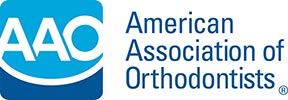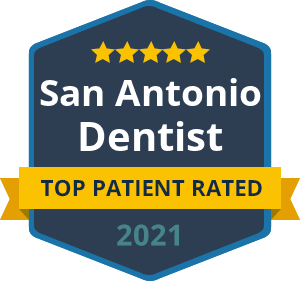Whereas conventional orthodontic treatment typically begins during the early teen years (age 11-13), early treatment, if your child would benefit from it, typically begins around age eight or nine. The goal of early treatment is to correct the growth of the jaw and certain bite problems such as an underbite. Early treatment also helps to make room for permanent teeth to come in properly, lessening the chance for extractions in the future.
How to tell if your child may need early orthodontic treatment:
- Early or late loss of baby teeth (Your child may start losing teeth around age five, and should have the majority of the permanent teeth in by 11-13 years old.)
- Difficulty chewing and/or biting food
- Mouth breathing
- Continuing to suck thumb or fingers after age five
- Speech impediments
- Protruding teeth (The top teeth and the bottom teeth extend away from each other.)
- Teeth that don’t come together in a normal manner or even at all
- Shifting of the jaw when your child opens or closes his or her mouth (crossbites)
- Jaws and teeth that are not proportionate to the rest of the face
- Crowded, misplaced, or blocked teeth
- Crowded front teeth around age seven or eight
Early treatment allows your orthodontist to:
- Correct and guide the growth of your child’s jaw to help the permanent teeth come in straight
- Regulate the width of the upper and lower arches
- Create more space for crowded teeth
- Avoid the need for permanent tooth extractions later in life
- Correct thumb sucking and help improve minor speech problems
Phase One
Simply put, Phase One is early orthodontic treatment that is sometimes recommended to help or prevent bigger dental/orthodontic problems from occurring. Orthodontic appliances, retainer-like devices, or partial braces may be placed to prevent a problem from occurring, correct a current problem, or help to modify your child’s growth and dental development. It isn’t uncommon for a second phase of treatment to be needed after this first phase.
Phase Two
In simple terms, Phase Two orthodontic treatment usually involves full upper and lower braces, once all of the permanent teeth are in. When Phase One treatment has been successfully completed, the duration of the second orthodontic treatment phase may be reduced significantly and will require less complex treatment, reflecting the benefit of the earlier intervention.
Posted on behalf of
22610 US Highway 281 North, Suite 201
San Antonio, TX 78258
Phone: (210) 494-4606







